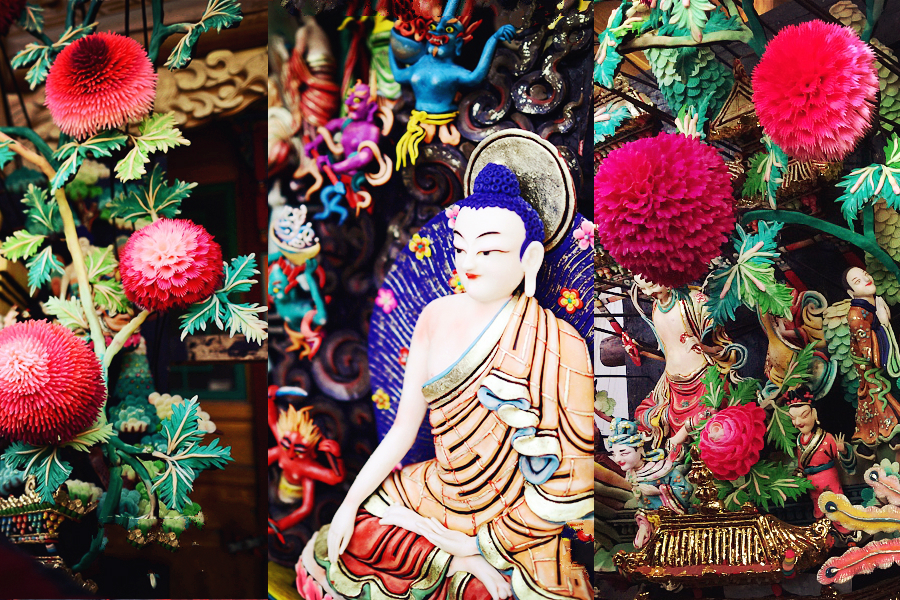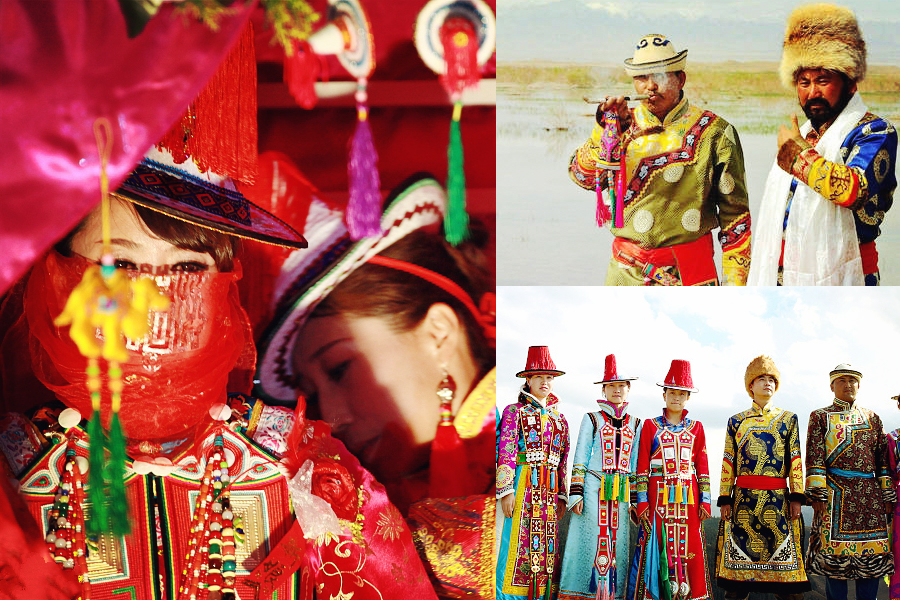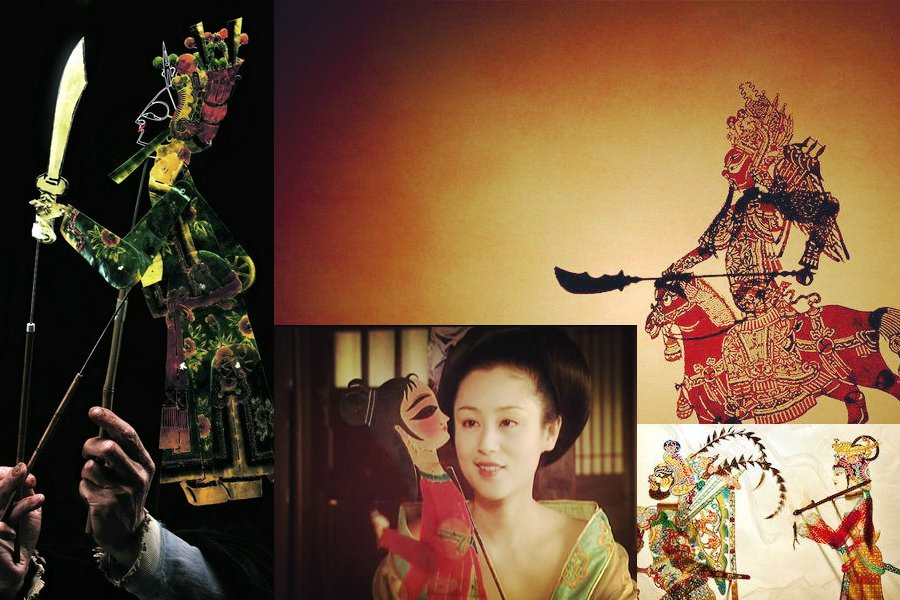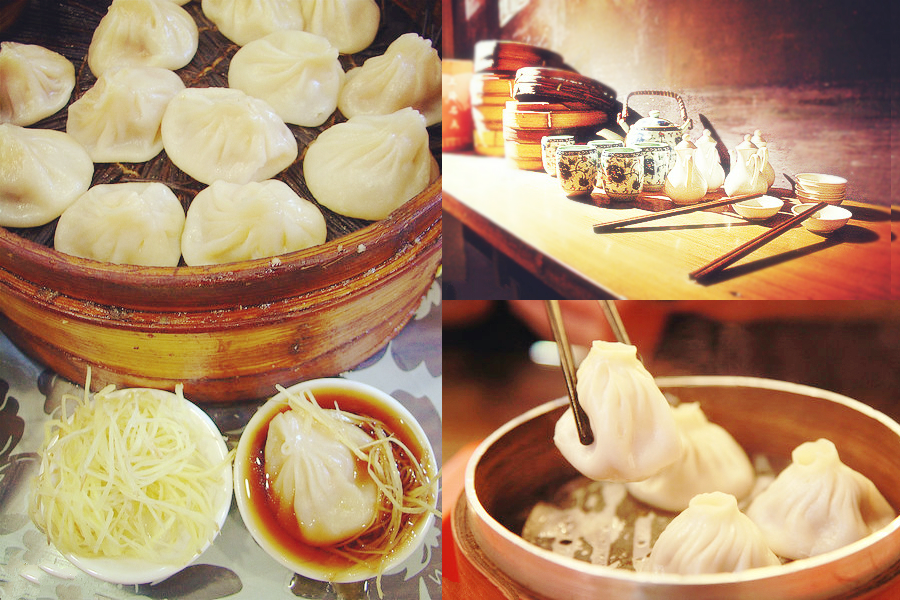DepthReading
Intangible cultural heritages shine with Belt and Road Initiative
Editor's note:
With the promotion of the Belt and Road Initiative, cities and provinces in China and foreign countries related to the initiative are playing more important roles in connecting Asia with Europe and Africa along the ancient Silk Road routes through a trade and infrastructure network.
Intangible cultural heritages from these places are also seeing a period of revitalization.
Here we chose a series of representative intangible cultural heritages which in ancient times witnessed cultural exchanges on the Silk Road and will go on contributing to the communication and cooperation between China and other countries.
 |
Handmade mulberry-bark paper made in Xinjiang. [Photo/Xinhua; VCG] |
Xinjiang Uygur autonomous region: Handmade mulberry-bark paper
The craft of making handmade mulberry-bark paper has a history of thousands of years in Xinjiang. In 2016, it was listed as an intangible cultural heritage by UNESCO.
The light yellow paper made from mulberry bark originated in Xinjiang in the Han Dynasty (206 BC-220 AD). Xinjiang and Anhui provinces were two main places where the paper was widely used for painting and writing, wrapping paper and making umbrellas in ancient China.
Making mulberry-bark paper by hand requires 72 steps, which makes it more precious nowadays.
 |
Butter sculptures from the Kumbum Monastery. [Photo/Xinhua; VCG] |
Qinghai: Kumbum Monastery's butter sculpture
Butter sculptures from the Kumbum Monastery, or Ta'er Monastery, was listed in the first group of national intangible heritages approved by the State Council of China in 2006.
Butter carving originates from the Tibetan Bon religion. With the development of Buddhism, it greatly improved in terms of style, patterns, content and techniques. Nature provides the source of the color for the butter carving. Red is from agate, green from jade, white from pearl, yellow from gold, blue from malachite and black from charcoal.
The process of butter sculpting is complex. And before the carving can even begins, the pattern and content must be approved by the abbot of the monastery. When a butter sculpture is finished, the natural fragrance of the butter is still perfectly intact.
 |
Yugur people's traditional costumes. [Photo/VCG; file photo] |
Gansu province: Yugur people's traditional costumes
Yugur people are ethnic people from Gansu province. They have their own language but use no written words. Due to their history of migration and cultural background, not many tangible or intangible cultural relics were preserved.
However, their traditional colorful costumes, often featuring a high collar and a hat with a tassel, have been retained after many generations. In winter, both Yugur men and women wear hats made from fox fur. This heritage of the Yugur group was listed in the second group of the National Intangible Cultural Heritages in 2008.
As a necessary part of Yugur people's traditional costumes, the decorations are exquisitely made by connecting red coral beads, white seashells, pearls, agate beads and silver pieces with colored thread on a red or blue cloth or red cow leather.
 |
Shadow puppetry. [Photo/Mtime; VCG] |
Shaanxi province: Shadow Puppetry from Huaxian
Shadow puppetry dates back to the Qin Dynasty (221-206 BC) and many places in China have their own style of shadow shows.
Huaxian shadow puppetry from Shaanxi province was formed in the late Qing Dynasty (1644-1911). The difference between Huaxian shadow puppetry and those of other regions is that Huaxian puppets are made from cattle hides rather than donkey hides.
And Huaxian shadow show is often performed with Daoqing, a type of local opera that combines Qinqiang Opera in Shaanxi and Longju Opera in Ningxia.
 |
Morin khuur and two artists perform the instrument. [Photo/VCG] |
Inner Mongolia: Morin khuur (horse head fiddle)
Morin khuur, or horse head fiddle, is a traditional stringed Mongolian instrument with a horse's head carved at the top.
The deep, rough and passionate sound that comes from the instrument can aesthetically convey the inner feelings of the performers. From the sound, listeners can tell that the music expresses a joyful mood or melancholy feeling. And morin khuur can also mimic the steps of horses.
As a musical symbol of Inner Mongolian people's spirits, morin khuur music was listed in the first group of national intangible heritages approved by the State Council of China in 2009.
 |
Screenshots of the 1993 film Green Snake adpated from Hong Kong woman writer Lilian Lee's namesake novel based on the Legend of the White Snake and the Leifeng Pogoda (middle) in Hangzhou. [Photo/Mtime; VCG] |
Zhejiang province: The Legend of the White Snake
Being listed in the first group of the National Intangible Cultural Heritages in 2006, the Legend of the White Snake originally was spread by word of mouth during the Tang Dynasty (618-907). The complete story formed in the Song Dynasty (960-1279) and was adapted into a drama in the Yuan Dynasty (1271-1368).
It has been adapted to a series of operas, films, TV series, dances, novels and comics, and widely influenced other Asian countries, including Japan, South Korea and India.
The Leifeng Pagoda and the Broken Bridge on the West Lake also became well-known due to the legend.
 |
Ethnic people celebrate the Sanyuesan Festival in Guangxi, March 30, 2017. [Photo/Xinhua] |
Guangxi Zhuang autonomous region: Sanyuesan Festival
Sanyuesan (the third day of the third lunar month), is a traditional festival of Zhuang, Yao, Miao and Dong people. Apart from singing and dancing together, cooking colorful rice and dying eggs red are also part of the festival, and ethnic people pray for good harvest on that day as well.
Sanyuesan is also the synonym for "tomb sweeping day" to Zhuang people who consider it as the most important festival. People go back to their hometown to sweep tombs and worship ancestors.
Zhuang people's Sanyuesan Festival was listed as a National Intangible Cultural Heritage in 2014.
 |
Nanxiang steamed buns. [Photo/VCG] |
Shanghai: Nanxiang steamed bun
Intangible cultural heritages do not only include crafts, music and legends, but also delicious foods that exist in everyday lives. And the Nanxiang steamed bun, or Nanxiang xiao long bao, is one such delicacy, which has a history of 146 years.
As a traditional snack in Nanxiang town in Shanghai municipality, the bun was created by Huang Mingxian in 1871. With thin wrapping, sufficient filling and fresh flavor, the bun is famous for its juicy and soft taste.
It was included on the fourth list of the National Intangible Cultural Heritages in China.
 |
Puppets. [Photo/VCG] |
Fujian province: Puppetry show
Puppetry show has a long history in China. As early as the Three Kingdoms (220-280), puppets were used in acrobatics. From the Sui Dynasty (581-618), Chinese people began to perform puppetry shows.
Puppetry was very popular in Fujian province and many regions developed their own style of the folk art. Putian, Quanzhou, Jinjiang and Zhangzhou in Fujian are four well-noted places for their unique puppetry shows.
In 2006, puppetry shows were listed as the first group of the National Intangible Cultural Heritages.
 |
Two dishes added zhacai; a farmer cuts a cabbage head to make zhacai. [Photo/VCG] |
Chongqing: Fuling zhacai
Zhacai, or hot pickled mustard stem originating in Fuling in Chongqing, is a well-known snack in China. It is often used to enhance the flavor when cooking meat, vegetables and sometimes noodles and porridge.
The craft of making Fuling zhacai was inscribed in the second group of the National Intangible Cultural Heritages in China in 2008.
The word zhacai first appeared in the late Qing Dynasty when a businessman Qiu Shou'an from Fuling in Chongqing used it to name a pickle made from cabbage heads. From 1899-1909, Qiu's family ran the exclusive business of zhacai. Afterwards, the secrets of its creation were released and more people in Fuling began to make the pickle.
Category: English
DepthReading
Key words:
